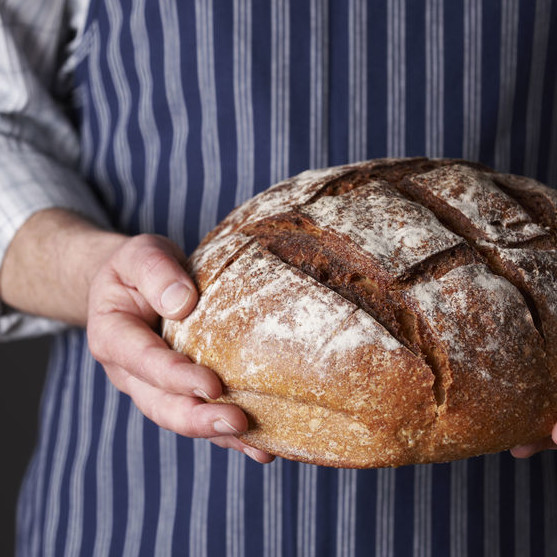
You can just tell some products and batches are better than others. But can you pick out what makes one better than the next, and replicate it consistently? If you set objective parameters and qualifications for areas such as size, shape, crumb, crust, etc., baking quality moves from one person’s opinion to a reliable standard.
Why is this so important?
In a word, waste. Once you have physical parameters and nail down your process, your batches will be more efficient and less wasteful. And of course, have better quality.
How can I objectively set quality standards?
- Create manual templates: represent height, weight, volume, color and outlines on templates. One of the most common and economical methods, although it does require in-depth training.
- Train a sensory panel: although training and maintaining a panel is expensive and difficult, it is one of the best baking quality checks.
- Use instrumental methods: Tools may be an investment to begin with, but maintaining and using them is easy, fast, and inexpensive.
What are some baking quality tools?
- Color meters will measure internal crumb and external crust color
- Texture analyzers will measure firmness, springiness, compression and quantify shelf life firmness.
- Loaf volume by laser scanning will measure total volume.
- Image analysis can measure size and shape of the loaf volume, side wall collapse/oven spring, number of cells, average cell diameter, average wall thickness, average cell elongation, side wall concavity and crust/crumb color.

